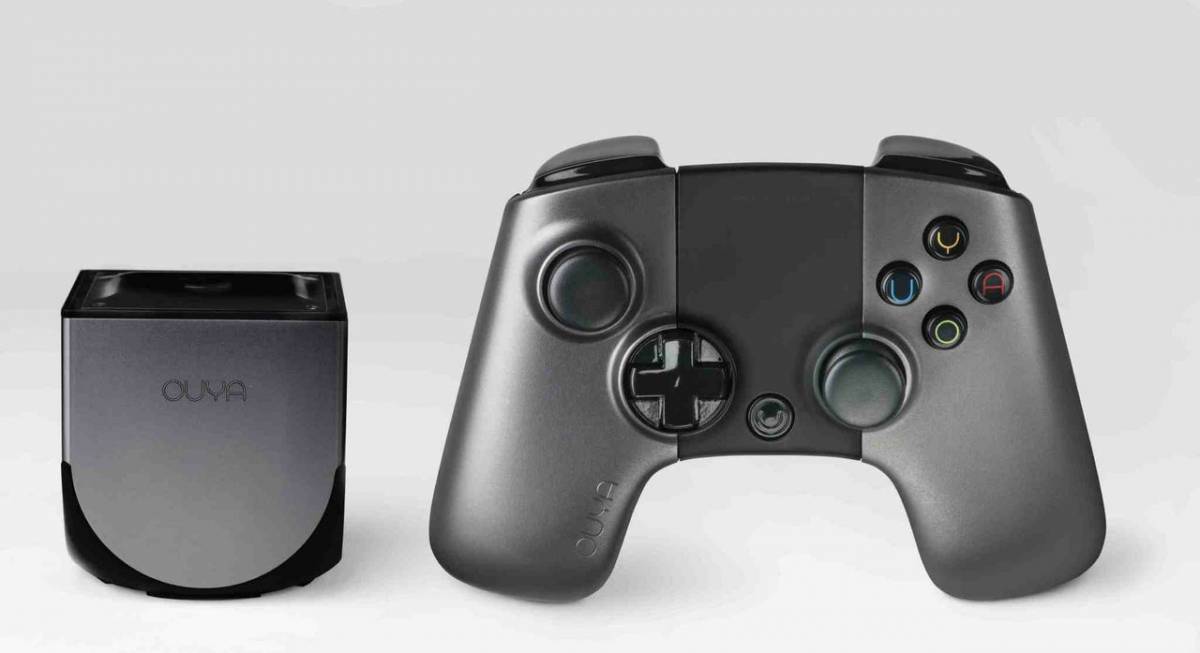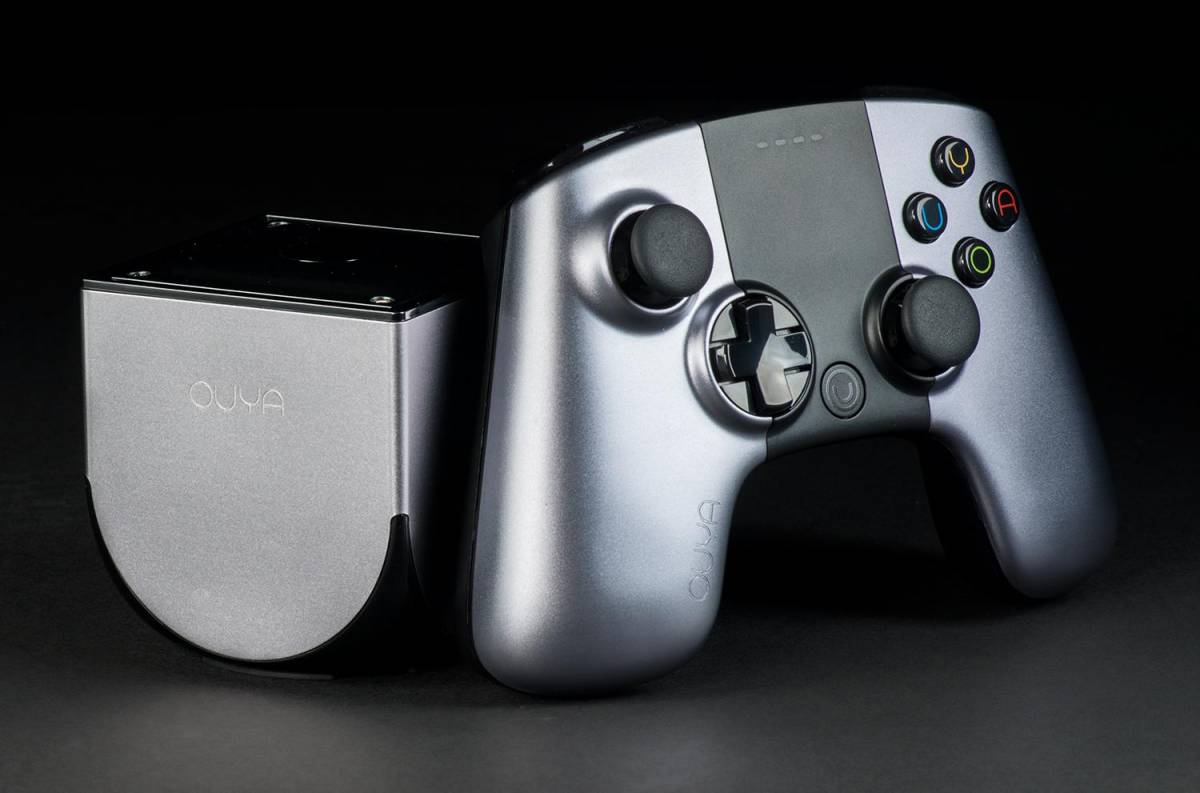Remember the Ouya? With a name as bizarre as that, of course you do. Originally announced back in July of 2012, the console promised to bring mobile gaming to the masses (because, you know, it wasn’t already) in the form of a system that would allow android gaming on a television. After an incredibly strong Kickstarter campaign, the console began to look like it might actually become something special. It was, after all, a budget system – available at only $99 – which would seemingly bring simple gaming to those who enjoyed sitting on their couch. Again: completely revolutionary.
The Ouya raised over $8.5 million (904% of their original goal), and began shipping to the public in June of 2013. And then it kind of just…went. Sales weren’t publicly available to indicate how well the console was doing, but indie developer Matt Thorson, responsible for the popular , revealed that his game had only sold a mere 7,000 copies on the Ouya marketplace. The real significance of this isn’t immediately apparent, until you realise that Towerfall was, in 2014, the most popular game on the system. At 7,000 copies. It’s not exactly a pretty picture being painted of the microconsole, and certainly not one that justifies the millions of dollars pledged by backers towards its funding.
So where did it go wrong? Well, for starters, the Ouya just wasn’t cut out to be a games console. A quick look at the official Ouya website reveals that, while it boasts over 1,000+ titles, many of the top downloaded games are simply emulators for old consoles. Most people own a smartphone, and you can procure a ridiculous amount of emulators for that, so why would you go about spending money on a console that just means you can do the same, but on a TV? Hell, through bluetooth and smart TVs, you can stream your phone onto the big screen anyway. Why buy an Ouya, when you already own the equivalent in the palm of your hand?

Not only is the library lacking in much of anything worth downloading, but what isavailable is unlikely to run very well either. Several outlets said on the Ouya’s release that, while it was a commendable step towards all-digital gaming, the console stutters and lags where a mobile performs without fault. It’s really not difficult to find evidence that the Ouya’s performance underwhelmed on release: in a PCMAG software and performance article, it was stated that the Ouya’s retail build managed to hit 11fps on a benchmark framerate test, while smartphones at the time pushed 38fps. Sure, graphics aren’t everything, but it’s difficult to sell a console when it’s being so out-performed by competing products. The fact it’s by a smartphone is even more damning, because phones can be used for so much more than just gaming. Sure, the Ouya offered some sub-par streaming services, but nothing that would entice the average consumer.
What now of the console that promised so much and delivered so little? If you didn’t hear, it was announced last year that computer hardware company Razer would be buying the the software from Ouya Inc., though the console itself would then fade into obscurity. If you visit Ouya’s online shopfront nowadays, you’ll be greeted by nothing more than a melancholy message informing you that the shop is “currently unavailable“. For all intents and purposes, the little black box is now dead.
It’s not that I hate the Ouya, or that I’m glad to see it fail. If the Kickstarter that prompted its rise proved anything, it’s that people are willing to put their faith in something new to reinvigorate the gaming landscape. Sure, I may think it was foolhardy to push an under powered and content-barren console onto a market that was about to receive the Playstation 4 from tech giant Sony, but hindsight is 20/20. The idea of the Ouya might not be completely dead; though Razer’s follow-up, the Forge TV, seemed to have come and go without even a splash. Still, maybe with the way that mobile gaming is growing rapidly, and with giants like Nintendo bringing titles over to the mobile landscape, it won’t be long before we see another Ouya come over the horizon. For now though, I imagine most people will continue gaming how they have for decades: on a console (or PC), with the graphical fidelity and games library which we’ve come to expect.
Some of the coverage you find on Cultured Vultures contains affiliate links, which provide us with small commissions based on purchases made from visiting our site.

